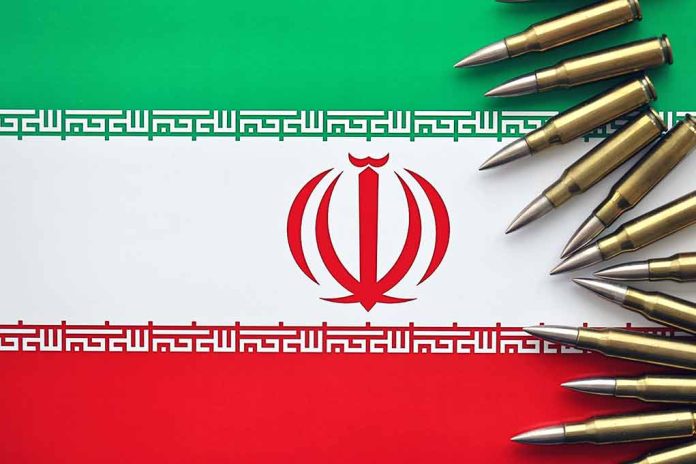
Iran’s execution rates have skyrocketed in 2024, reaching alarming new highs. What fuels this escalation?
Key Takeaways
- Iran executed at least 975 people in 2024, marking a significant increase in the use of capital punishment.
- This figure is the highest since Iran Human Rights (IHR) began recording executions in 2008.
- The executions are described as a “horrifying escalation” and a tool of political oppression.
- An average of five people were executed daily in the last three months of 2024.
- The 2024 execution count represents a 17% increase from the 834 executions recorded in 2023.
Escalation in Iranian Executions
Iran experienced a dramatic rise in executions throughout 2024, with at least 975 individuals losing their lives. This represents the highest count since records began in 2008, according to a report from the Norway-based Iran Human Rights (IHR) and the French group Together Against the Death Penalty (ECPM). The sharp increase in capital punishment is aligned with government efforts to stifle political dissent, particularly following widespread protests over the death of Mahsa Amini in 2022.
Iran’s judicial system, deeply rooted in sharia law established after the 1979 revolution, uses the death penalty not only for crimes like murder, rape, and drug offenses but also for politically charged offenses such as “corruption on earth.” This approach has exacerbated tensions within the nation and attracted international scrutiny. Observers note that executions have become a tool to establish control and instill fear among Iranians amid rising tensions with Israel.
Groups Report “Horrifying Escalation”
The recent report characterizes the rise in executions as a “horrifying escalation.” Detailing that in the last three months of 2024 alone, Iran executed an average of five individuals daily. These figures reflect a 17% increase from 2023. Mahmood Amiry-Moghaddam, IHR director, highlighted the executions as a pivotal part of an ongoing struggle to maintain governmental power amid internal dissent. “These executions are part of the Islamic Republic’s war against its own people to maintain its grip on power,” he stated.
Another disturbing element of 2024’s execution tally involved 31 women, the highest number recorded in 17 years. Four public executions took place, amplifying the chilling message being sent to the populace. Notably, two executions in 2024 linked to the Mahsa Amini protests, sparked claims of flawed trials and allegations of torture, raising serious human rights concerns.
Human Rights Implications
Executions in Iran remain predominantly by hanging, often conducted publicly. There were reports of 39 additional executions in 2024 that could not be substantiated. These developments underscore a troubling trend in Iran, intensified by the early 2025 figures showing no signs of de-escalation, with 121 executions already carried out according to the latest IHR data.
The specter of the death penalty continues to loom over Iran, galvanizing human rights organizations worldwide. Given the merciless use of the death penalty and its pivotal role in Iran’s political strategy, international bodies and allies must continue monitoring and advocating against these practices, pressing for reforms in Iran’s judicial processes.













